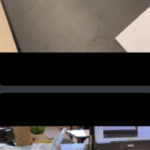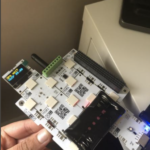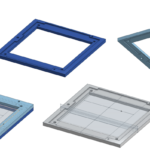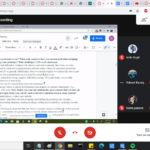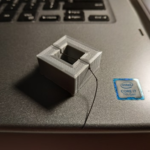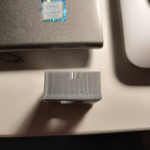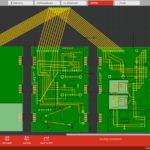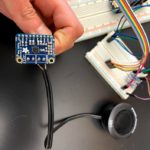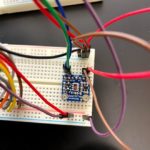Princeton High School (Princeton, New Jersey) collaborated with Montgomery High School (Skillman, New Jersey). The team wanted to optimize space missions by examining topics such as atmospheric pressure density and habitable planetary environments.
Princeton and Montgomery emphasized mission formulation, and considered a variety of research questions. As the team was mostly composed of biology enthusiasts, students were interested in proof-of-concept missions for using CubeSats to characterize habitable planetary environments for extremophile bacteria. Their mission aimed to achieve this by proving a simple, semi-customized XinaBox XK90 CubeSat kit could map and characterize planetary latitudes and altitude bands. Evidence from this mission could reveal extremophile-habitable UV and temperature conditions. The team also considered how to advance the simple technology readiness level of missions that demonstrate survivability and on-orbit performance of the students’ subsystems components, including xChip, Adafruit, and SparkFun sensors. Finally, the team aimed to use an onboard microphone to characterize the detection thresholds of sound emitted by an onboard speaker, which could function as a proxy for atmospheric pressure.
The team comprised a group of six sophomore girls from Montgomery High School’s ThinSat club, in collaboration with the Princeton High School 3D Printing Club. Both clubs worked on separate parts of the satellite creation: Montgomery primarily managed software, while Princeton tackled hardware and fabrication. The Montgomery team gained similar experience from its previous collaboration on a ThinSat project. The students were excited to move beyond their Python skills by developing familiarity with Arduino coding.
CTE Team Lead
Joseph Gargione, Industrial Arts & Technology Teacher
Learn more
Montgomery
Princeton


